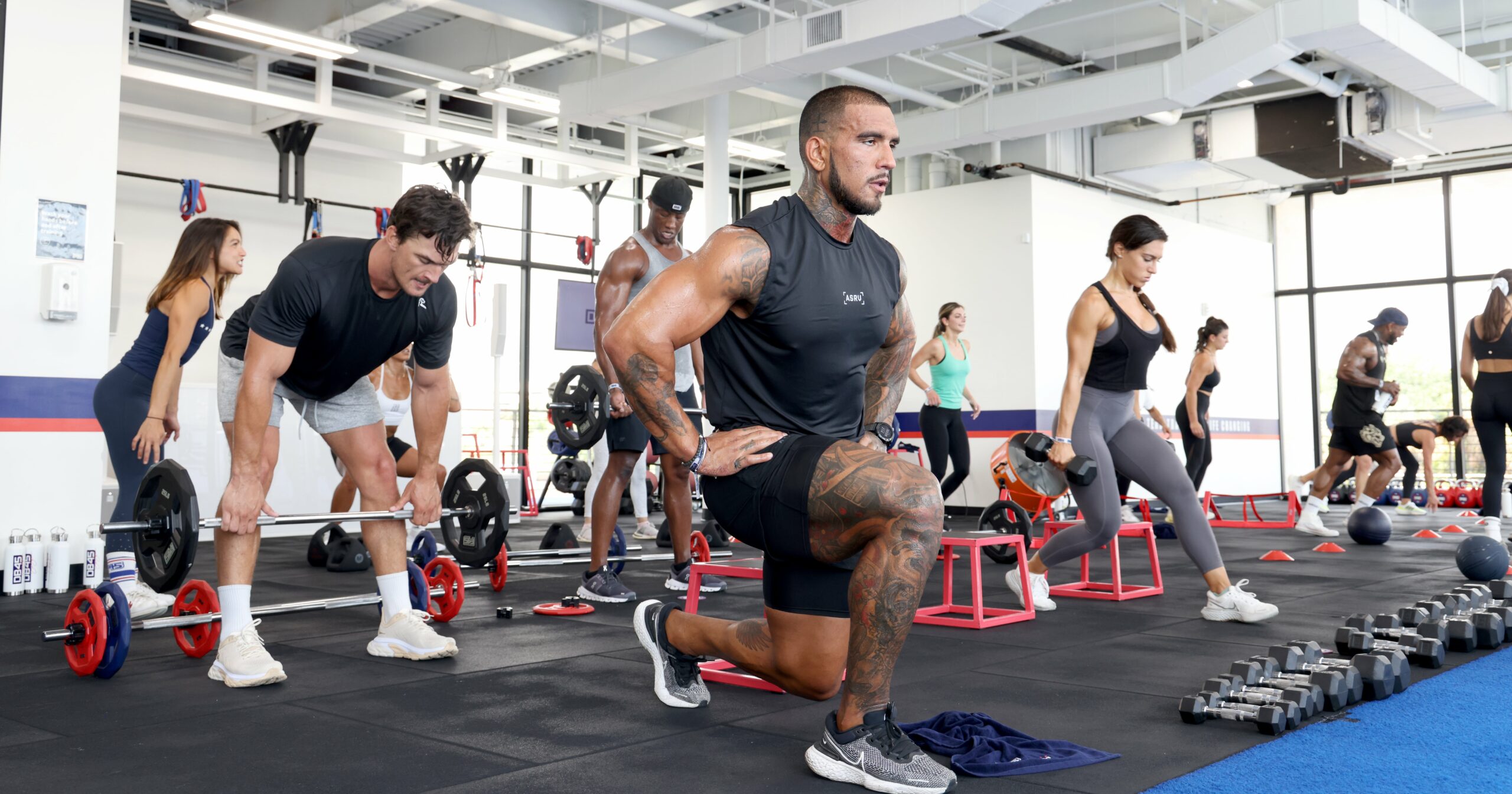
Fashion is getting its game on — and it looks good.
Style and sport have gone together for a long time, but the Summer Olympics in Paris will, starting Friday, offer a reminder of just how good the pairing is.
With the youth of the world gathering to compete in the City of Light, fashion is getting an unusually large piece of the spotlight. Luxury powerhouse LVMH Moët Hennessy Louis Vuitton is acting as premium partner and, as usual, brands around the world are supplying competitors with country-themed looks, from Ralph Lauren in the U.S. and Berluti in France to On in Switzerland and Asics in Japan.
Antoine Arnault, head of communication, image and environment at LVMH, told WWD, “Athletes and sports today convey values of excellence, passion and high standards, which echo those of our craftsmen who, every day, carry out each gesture with precision to produce the world’s most beautiful products.”
You May Also Like
Underscoring the like-minded excellence shared by top athletes and brands also opens certain very profitable doors. (Witness Nike Inc.’s longstanding collaboration with basketball great Michael Jordan, which led the Jordan brand to nearly nearly $7 billion in sales in the last year alone.)
“From a strategic point of view, our collaborations and partnerships in sport or with athletes allow us to reach a wider audience than with more ‘classic’ ambassadors or campaigns,” Arnault said.
Fashion has taken a lot of heat — and much of it well deserved — for being focused too much on surface and not enough on substance. And associating with sports brings out some of the industry’s better angles.
While so much of fashion marketing relies heavily on attractiveness, using athletes to make the pitch helps brands hit other notes, leaning into a certain indomitable spirit, performance, competitiveness and more.
Brandon Brown, president of the Sports Marketing Association, called sport “that unique medium” that resonates around the world.
“Almost everybody is able to identify with sport one way or the other, and especially the Olympics because there’s so much diversity in terms of backgrounds, in terms of color, terms of sex, in terms of gender,” said Brown, who is also director of TIDES, The Institute for Diversity and Ethics in Sport at the University of Central Florida’s College of Business.

Brown said fashion brands get at least three things by being connected to the Olympics.
- “Tons of eyeballs. You’re going to get a ton of people viewing a ton of brand exposure that you wouldn’t have had otherwise,” he said. According to the International Olympic Committee, more than 3 billion people tuned in on TV and logged in digitally to watch the last Summer Games in Tokyo, with 28 billion video views in total. This time through, NBCUniversal has booked $1.2 billion in ad commitments over the 17 days of the Games.
- Brands cozying up to the Olympics can also benefit from what is called “image transfer.” “You get this idea that the characteristics [that] are associated with one brand will be transferred on over to the associated brand,” Brown said. “If a team is an underdog and they’re the scrappy fighting team and a [fashion] brand wants to associate with them then they can go after consumers who consider themselves scrappy.”
- And a piece of history. “This is once every four years, and because of the Olympic standard, it stands for something greater. If a country is winning a gold championship or a gold medal for the first time in the country’s history, that’s a historical moment outside of sports. Brands get to attach themselves onto that. And that’s amazing.”
It’s a powerful connection and one that smart brands have understood for years.
Launchmetrics estimated Ralph Lauren scored $14.8 million in media impact value on social media for its Olympic-related sponsorships at the Tokyo Summer Games, when the brand designed official Team USA uniforms.
And Nike, whatever its current struggles are, became a powerhouse by staying close to sport — and it plans to continue to dominate in the space.
John Donahoe, Nike’s president and chief executive officer, told investors last month: “The Paris Olympics offers us a pinnacle moment to communicate our vision of sport to the world. This is led by breakthrough innovation and announced by a brand campaign that you won’t be able to miss….Our brand storytelling will be bold and clear, with sport and athletes at the very center of it all from brand voice to retail activations.”
And he said the opportunity is only getting bigger.
“The definition of sport is growing,” Donahoe said. “Healthy lifestyles [are] becoming embraced globally.”
And for some stars, including Serena Williams, who won 23 Grand Slam women’s singles titles, fashion can contribute to success.
When Williams received the CFDA’s Fashion Icon award last year, the tennis star said, “Ever since I was a little girl, I’ve used fashion as an outlet to express myself — fashion gave me the confidence to step on the court and own who I was, and where I knew I was going.”
The Bottom Line is a business analysis column written by Evan Clark, deputy managing editor, who has covered the fashion industry since 2000. It appears every other Thursday.



